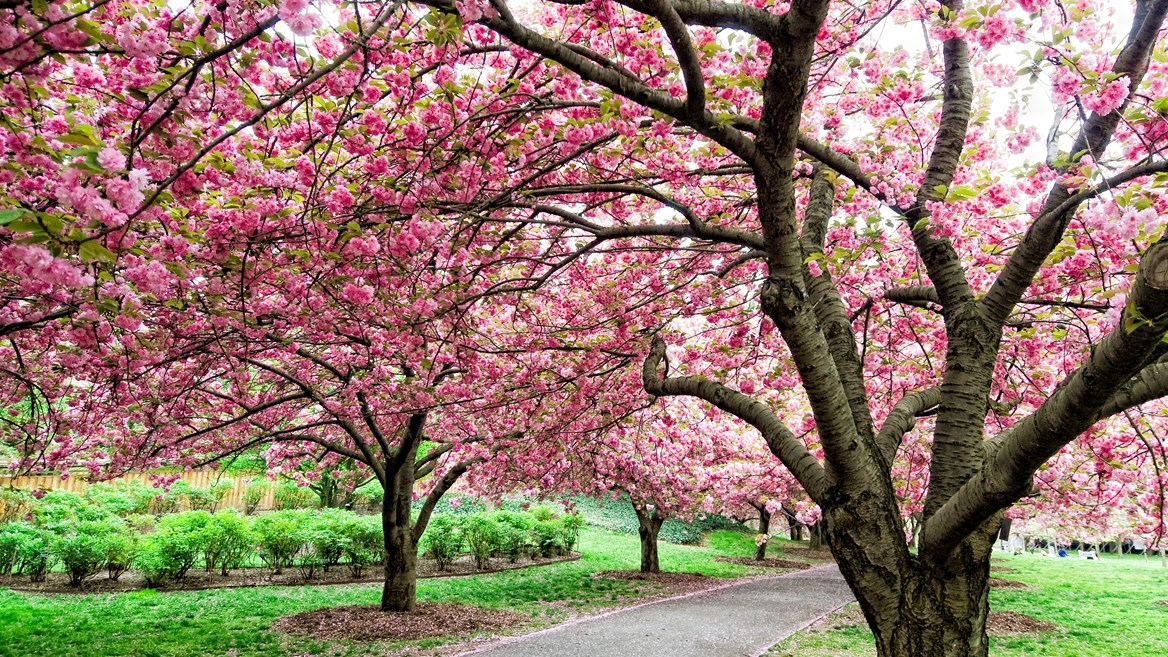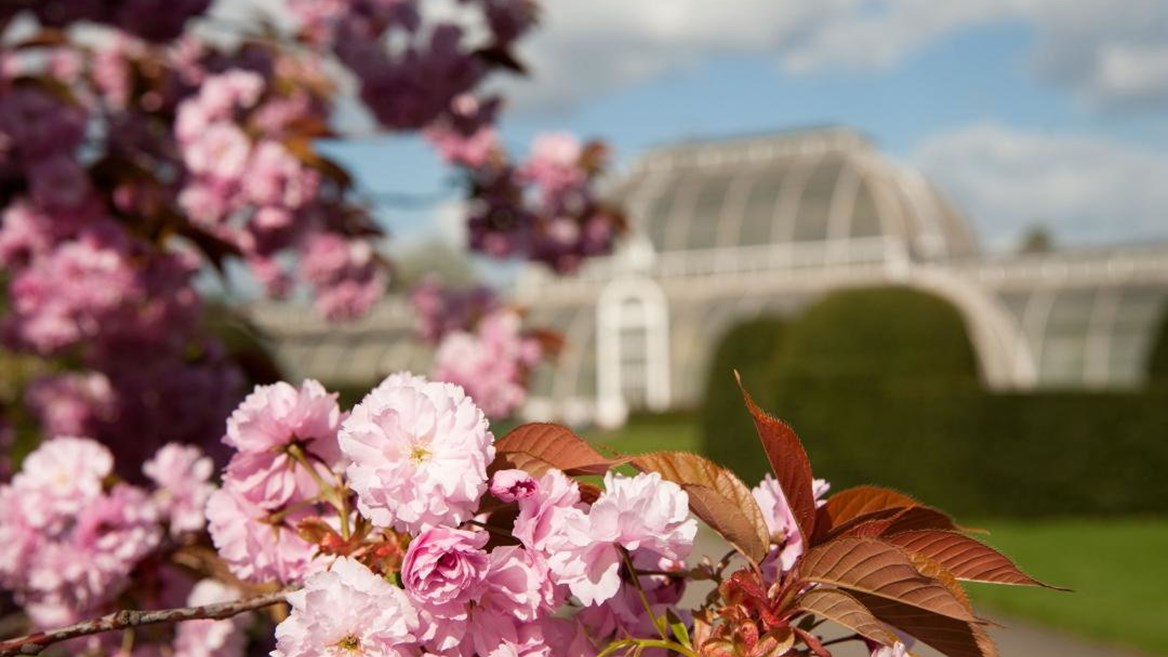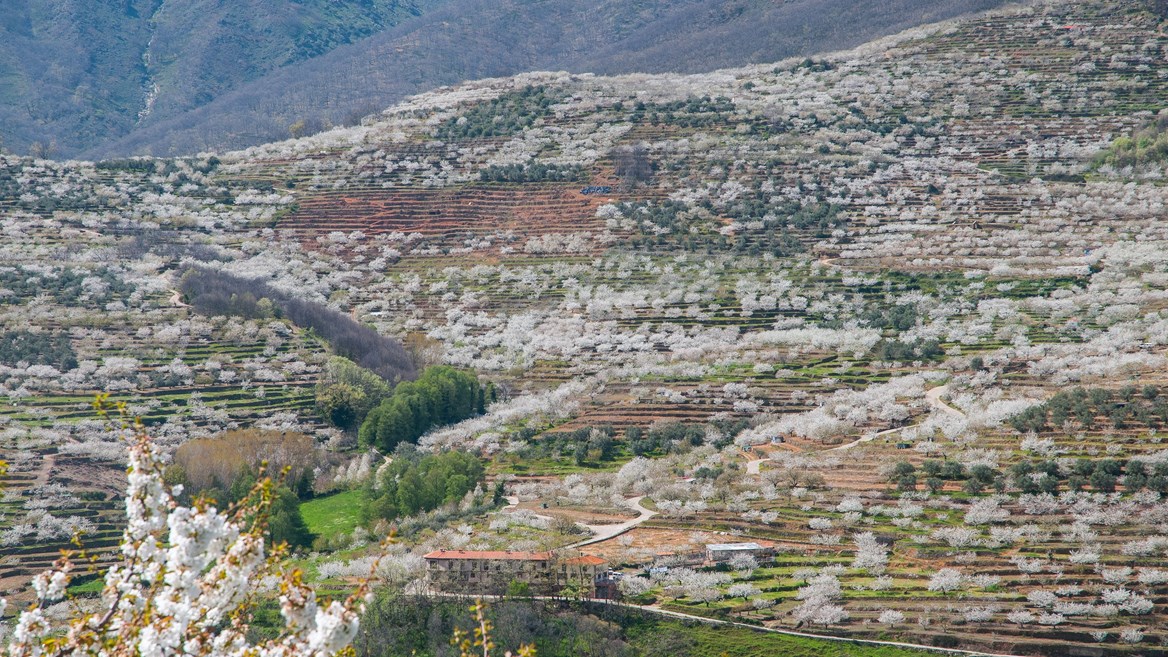Cherry blossom
Today, the Japanese Hanami Sakura festival – which in the 8th century was a holiday almost exclusively of the aristocracy – has crossed the country’s social and geographical frontiers. We show you different destinations, where you can enjoy this spectacle of nature from 15,000 Avios.
Hanami is the custom of contemplating the beauty of flowers, but the cherry trees (or sakura) are the stars of the show. Their flowers, which last just ten days, announce the arrival of the rice harvesting season. Some see the phenomenon as uniting the importance that Shintoism gives to nature with Buddhism’s idea of ephemeral existence.
The Japanese gather together in parks under the cherry trees and have picnics that often last until night, and this is how they’ve exported this celebration to the rest of the world:

In recent years, Stockholm has planted more than 10,000 cherry trees all over the city. Craft and food stands fill the Kungsträdgården (King’s Garden), one of the most popular parks, joining the celebration of the festival organised by the Japanese Japanska Föreningen association - Image: Dennis Wernersson

Brooklyn has various kinds of cherry trees that blossom at different times, which makes it an ideal spot for seeing this phenomenon. Its botanical garden contains many varieties, and there is even a Cherrywatch that explains their properties and reports when they are flowering. Its own Cherry Blossom Festival features more than 70 events. The 2022 festival has been cancelled, but you can still walk the park, covered in cherry blossoms - Image: Rebecca Bullen/Courtesy of Brooklyn Botanic Garden.

London’s botanical garden –Kew Gardens– is also home to a dense community of cherry trees, although it’s more unpredictable to guess when they’re going to blossom in this area, due to climate fluctuations. Its cherry trees – some of which are wild, with many others imported from Japan – are spread across several areas of the city. Every year, the Japanese Conversation Group organises events in Kensington and Regent’s Parks - Image: courtesy of Kew Gardens

In 2000, the Japanese women’s club in the town of Amstelveen donated 400 cherry trees in commemoration of the 400th anniversary of the friendship treaty between Japan and the Netherlands. A large number of them were planted in the southern area of the Amsterdam Bos landscape park, while others went to the Museum Square (Museumplein), near the Van Gogh Museum. Although the event – organised by Amstelveen locals – is not aimed at tourists, visitors are welcome any day to enjoy a picnic under the cherry trees. Entrance is free and, although not lit, the park is open 24/7 - Image: Jeroen Hogenboom

North of Caceres, more than a million cherry trees cover the Valle del Jerte in white every spring, usually between 20 March and 10 April. The entire region has been celebrating the Cherry Blossom Festival declared of National Tourism Interest in 2010 – since the 19792. With a schedule filled with activities related to music, gastronomy and sport, they celebrate the flowering of 200 different varieties of cherries. One variety – Picotas del Jerte – has its own PDO - Image: courtesy of Turismo de Valle del Jerte

Every spring, more than 35,000 guests go to Landelinie Park – famous for its Mermaid statue – to join the Japanese celebrating Copenhagen’s Sakura Festival. Ever since the president of a company in Hiroshima and its workers donated 200 trees to the Danes in 2008, the park fills its schedule with music performances, activities and dances that are typical of Japanese culture on the last weekend in April. Entrance is free of charge and the event takes place on 23-24/4 - Image: Hasse Ferrold/Courtesy of Langelinie Park
In recent years, Stockholm has planted more than 10,000 cherry trees all over the city. Craft and food stands fill the Kungsträdgården (King’s Garden), one of the most popular parks, joining the celebration of the festival organised by the Japanese Japanska Föreningen association - Image: Dennis Wernersson











